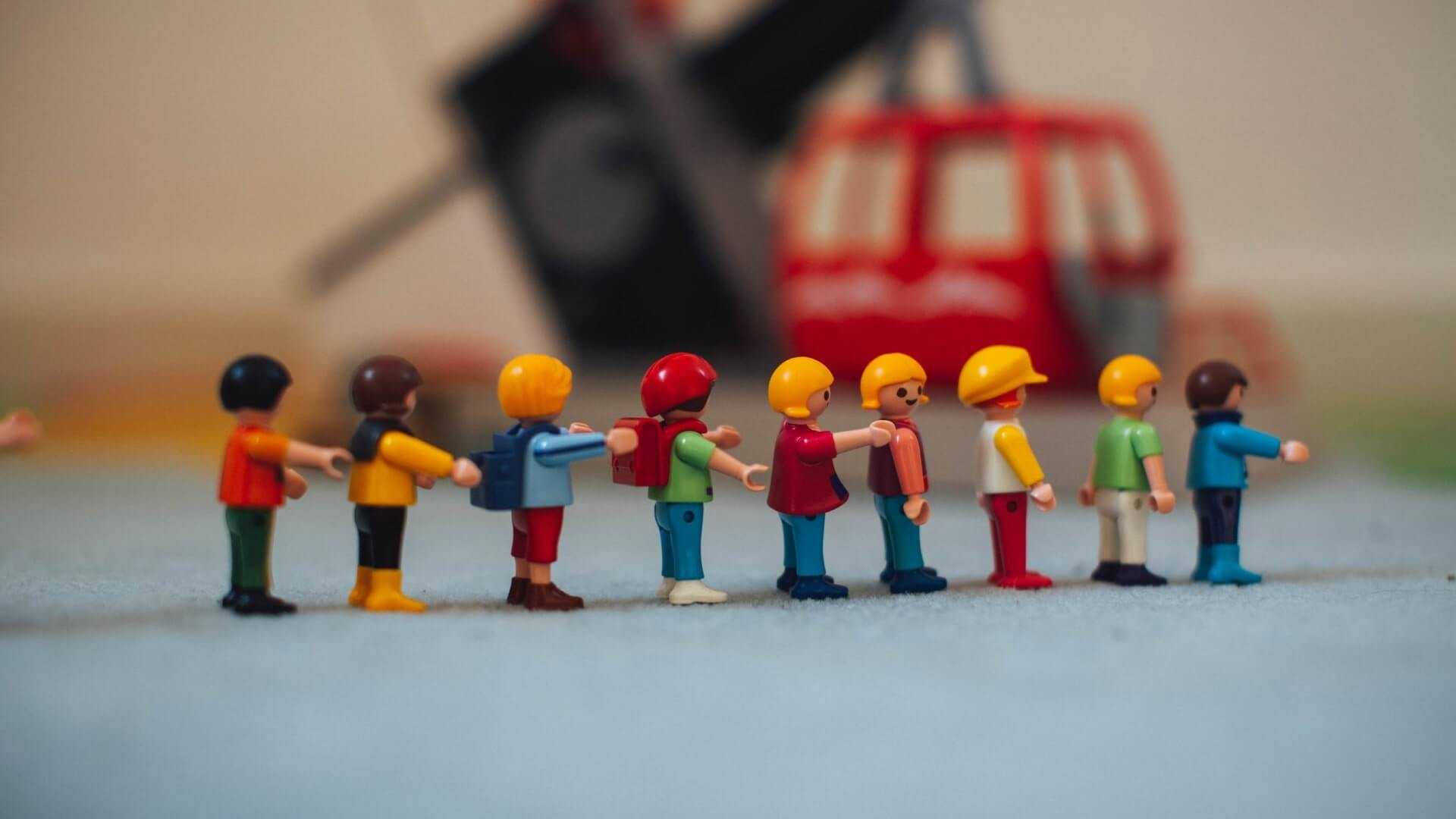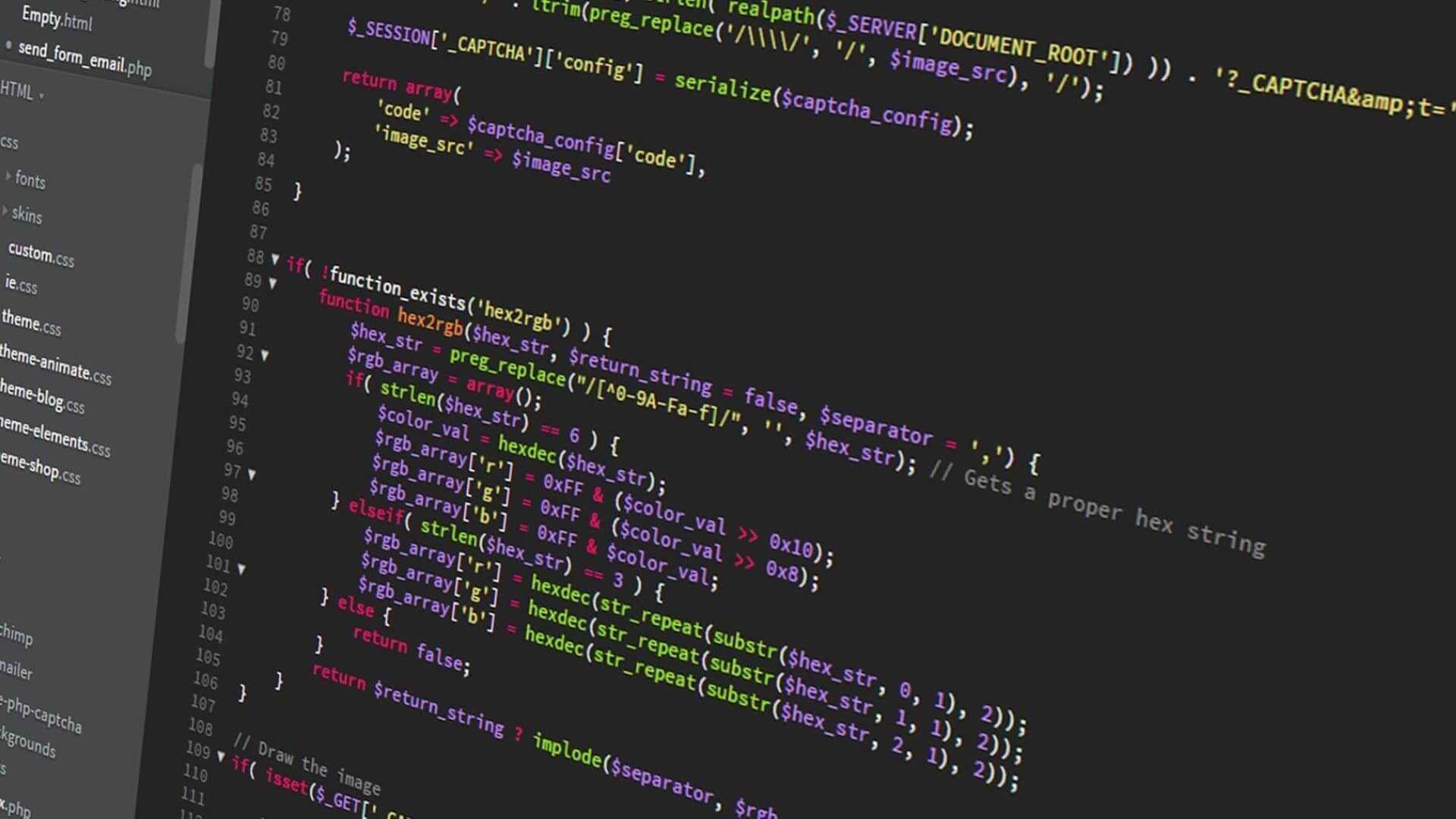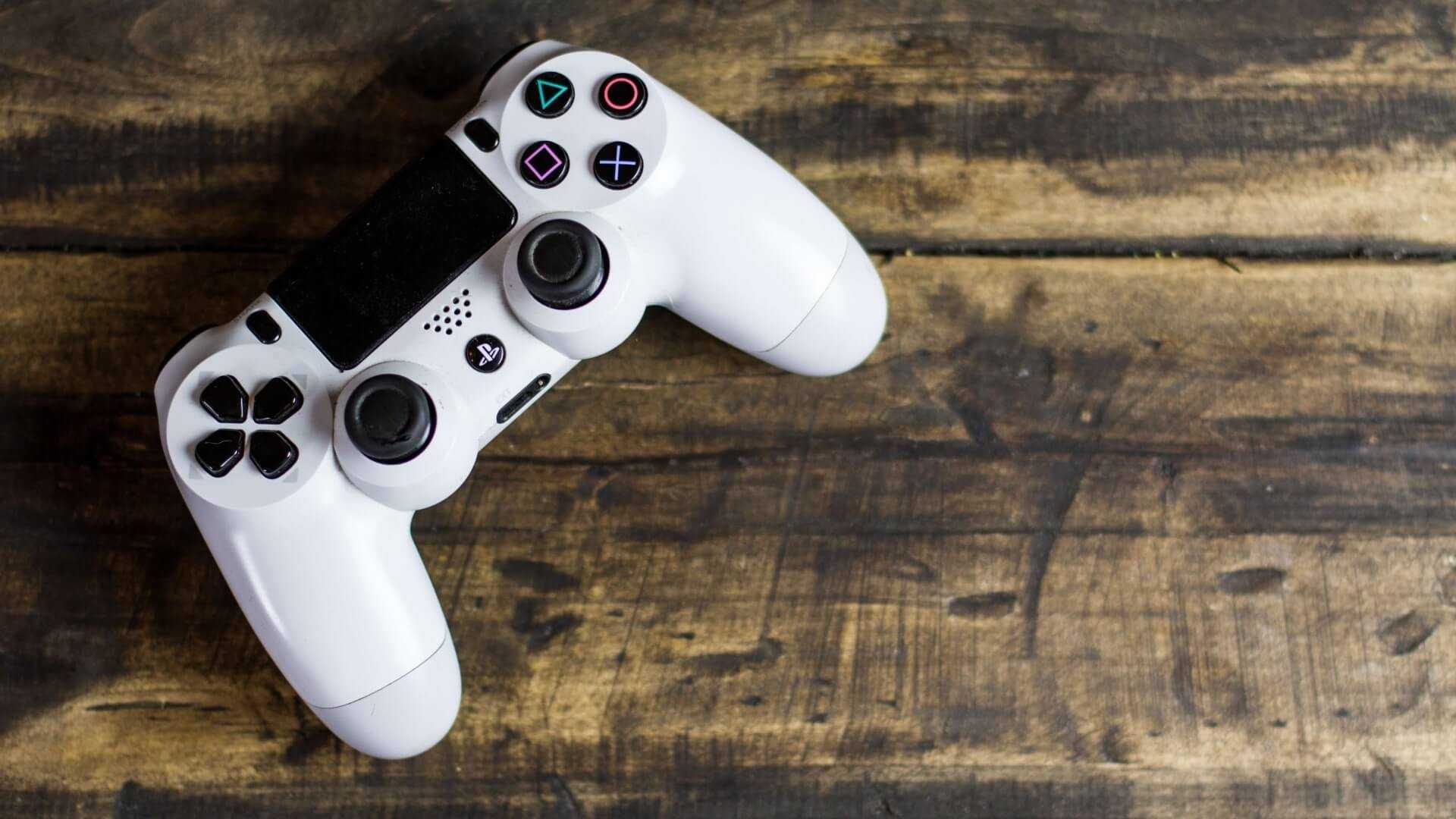- Blog ➔
- Collectibles ↴
Why are some plastic toys so expensive? A sneaky peek on how pricing works
SH Figuarts: more than plastic. Collecting explained
Written in September 30, 2025 - 🕒 11 min. readEver looked at a Dragon Ball SH Figuarts action figure and went “bro, this is just plastic, how is this €50?” Chill, you’re not the only one. At first glance it does feel absurd. But the price isn’t really about the plastic - it’s about everything that happens before it ends up looking sexy on your shelf.
So let me walk you through why that Goku costs more than your weekly groceries, and why sometimes Yamcha even hits harder on your wallet than Goku himself. Spoiler: it’s not just corporate greed (well, not just).
In this post, I’m going to answer some of the most popular questions from the collectors community, like:
- Why does a plastic action figure cost so much?
- Why is Kiwi/Yamcha/Whoever so much more expensive than Goku?
- Why are the Great Guru/Porunga figures so pricey?
- Why are third-party figures cheaper and/or come with more accessories?
So let’s dive in! (or jump to answers).
First of all: plastic is cheap, work isn’t
Plastic is cheap. Like, really cheap. Cheaper than the spoon of sugar in my Mate. If you’re thinking “but it’s just plastic,” yeah, you’re technically right - but that’s only part of the story.
Here’s something I know well: fingerboard trucks. On Fingerboard Supply, a good one goes for around €50. But the raw materials - metal + plastic - don’t even hit €3. What costs is R&D, design, molding, production, marketing, distribution, and of course, profit.
And the wild part? A real skateboard truck also costs around €50–60. Made of aluminum and steel, bigger, tougher. Still, raw material is just a slice of the pizza. Small, detailed parts in small batches usually cost more per unit. Price reflects risk and work. Not just what it’s made of.
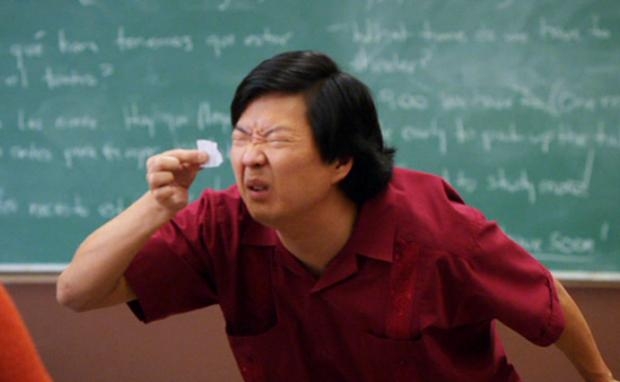
So, you can already understand that products that use a lot of a material can end up costing the same as something that uses less, depending on the labor involved. And premium figures require a lot more work than plastic. Now let’s break this down a bit.
The upfront investment: R&D and prototyping
Creating a new figure isn’t just printing something on your 3D printer at home and calling it a day. We’re talking months of work, lots of iterations, and a team that knows their stuff.
For SH Figuarts, the process usually goes like this:
- Research the character, poses, art style, references, etc.
- Design and sculpt until proportions and details are just right
- Prototypes and refinement
- Engineering the joints so everything actually works, and you can hit those sick poses
- Industrial molds - and these cost a fortune
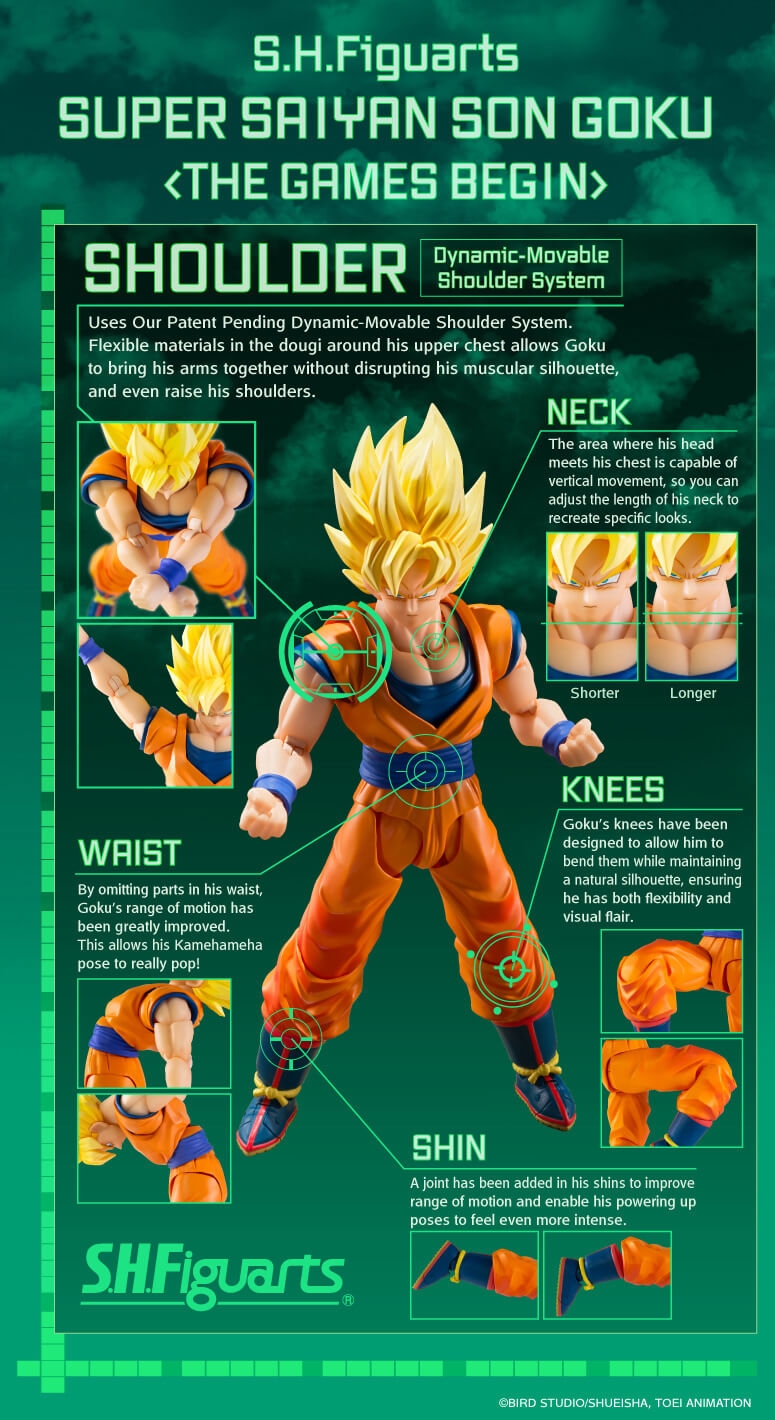
That cost comes before selling a single unit. Imagine spending €100,000 on R&D and molds without even knowing if a single piece will sell? It’s complicated. And that’s why Bandai constantly re-releases popular characters: the initial cost has already been paid, so each new unit costs much less.
Of course, that price needs to be spread across the production run. The more units, the lower the cost per unit. But niche characters, which sell less, end up with a higher cost per unit. And you can probably guess what that means for poor Yamcha, right?
Licensing: the invisible cost
Bandai doesn’t just wake up and go “let’s make Dragon Ball figures” and that’s it. You have to get licensing permission, pay fees, and follow the rules. All of this has a cost.
They probably have to pay licensing fees to:
- Toei Animation
- Shueisha
- Akira Toriyama / Bird Studio
- And whoever else might have rights over the character from games, movies, whatever
The licensing model could be a flat fee, a % of sales, or some hybrid. I don’t know the exact numbers. But I have licensed IP in Brazil and we paid 25% on sale price. So imagine the scale when it’s a global franchise like Dragon Ball.
Labor: the human element
Yeah, production happens in China. But premium figures aren’t made in some sweatshop pumping out random junk. There’s:
- Skilled workers doing assembly and quality checks
- Multiple layers of paint (and let’s be honest, the paint jobs on these figures are nuts)
- Packaging and QA
- Factory overhead and management
Plus, all the design and engineering happens in Japan - and salaries over there are not cheap.
Popularity matters: why Yamcha can be more expensive than Goku
This is where basic economics comes in. A Goku figure might sell 100k units worldwide. A Yamcha figure? Maybe only 40k. But the base costs - licensing, R&D, etc - are pretty much the same.
- Goku: €500k development ÷ 100k units = €5 per unit
- Yamcha: €500k ÷ 40k units = €12 per unit
Before you even talk plastic, shipping, or retail markup, Yamcha’s already €7 behind. So guess who ends up more expensive in the end? Don’t even need to say it - man’s literally on the floor again.
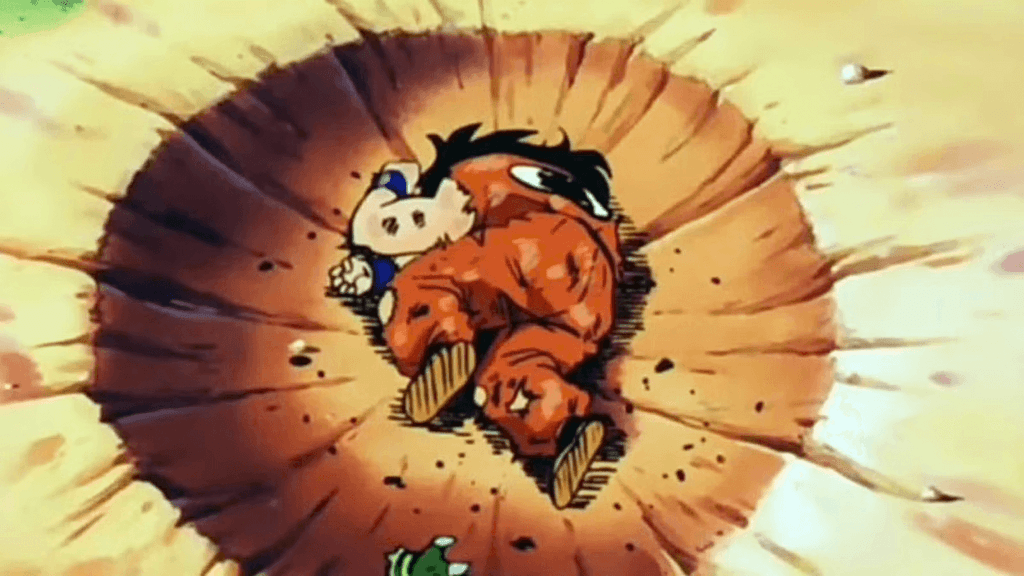
Marketing
For well-known brands like SH Figuarts, marketing costs are actually kinda low. The brand name and Dragon Ball’s popularity do most of the heavy lifting. But new product lines or lesser-known characters still need a marketing push - and that also gets factored into pricing.
Even if they don’t spend much on traditional ads, they still have to maintain websites, social media presence, show up at cons like Comic Con, and run promo campaigns.
The distribution maze
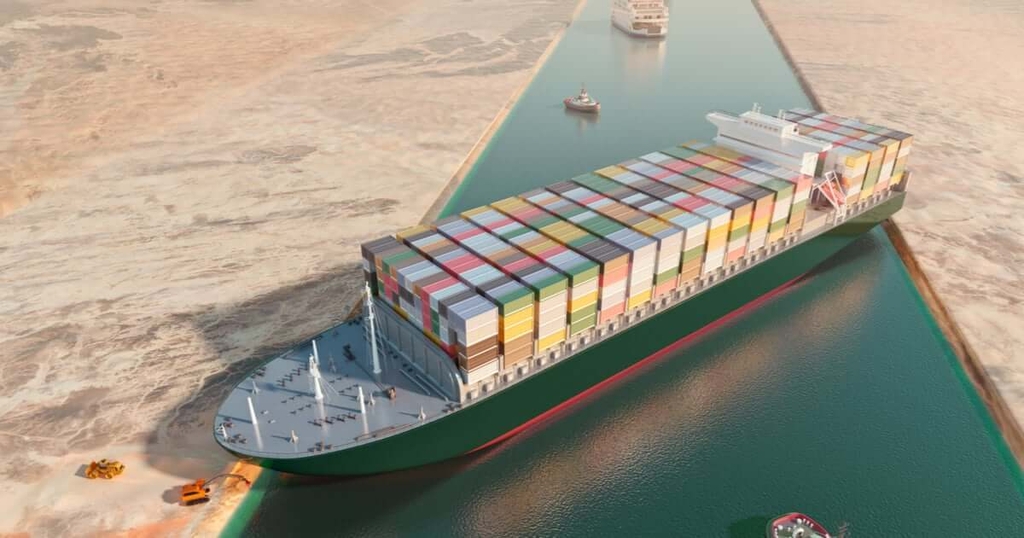
This is the part most people don’t think about. Your figure goes on a whole tour before saying “good morning” from your shelf:
- Produced in China
- Shipped to Bandai in Japan
- Distributed to regional distributors
- Shipped to retailers
- Shipping to the final customer, sometimes “for free”
Each of these steps includes shipping, storage, and a bunch of people wanting a profit margin. This applies to any figure. But with larger figures, the costs hit harder.
They face additional challenges:
- Higher material costs (okay, here the plastic starts to weigh in a bit)
- Stronger and more expensive packaging
- Much higher shipping costs – because logistics companies charge based on volume, not just weight. This is called dimensional weight. If your figure takes up the space of a microwave, it gets charged as if it weighs 20kg.
- More expensive storage – and here’s the catch.
Each stop in the chain (Bandai, distributor, retailer) needs to store the product. And large figures take up a lot more space, which adds extra storage costs – especially when the product doesn’t sell quickly.
In other words: the bigger the figure, the more expensive it is to keep it sitting in stock. And this happens at every step of the distribution:
- Bandai needs to store it until it’s sold to the distributor
- The distributor needs to store it until it’s passed on to the retailer
- The retailer needs to store it until it’s sold to you
And each of them pays rent, pays for warehousing, and doesn’t want slow-moving stock taking up space. The result? That cost becomes part of the final price.
To make matters worse, shipping snowballs. A large product is already expensive to ship. Then you stack more shipping on top (China → Japan → Distributor → Store → Customer), and at each step, the shipping cost increases the base price.
Since the total cost of the product is higher, the profit margins have to scale too. A retailer working with a 30% margin will apply 30% on both a €30 figure and a €100 figure – so the final profit in euros is higher on the big figure. That also contributes to it feeling more expensive in the end.
So it’s not just that Porunga is big and uses more plastic. He’s expensive because he takes up more space, costs more to transport, takes longer to sell… and each step in that journey adds more costs that stack up quickly.
Now imagine a giant character that isn’t even very popular… You get the idea, right?
NAAAAAAAIL. I saw a bird. It was pretty.
— Lord Guru
Who earns what in this whole thing
Let’s ballpark some numbers for a €30–35 figure. Say Goku costs Bandai around €5 total (P&D, molds, licensing, production). Add €1 for freight and customs to Japan. So €6 per unit, all-in.
Alright, then Bandai sells them to a distributor for, let’s say, €8 each. The distributor then sells them to a retailer for €16 each. The retailer then sells them for the MSRP of €30–35. At each step along the way, the price goes up, and each step needs to make a profit. Keep in mind that each of these steps involves different companies, in different countries, with different tax and import/export regulations, so each step may involve additional costs that I can’t even begin to estimate.
But to summarize, here’s an approximate breakdown of the profit for each party in the distribution chain:
- Bandai: €2 profit per figure
- Distributor: €8 profit per figure
- Retailer: €14–19 profit per figure
The deeper down the chain, the higher the margin - because the volume goes down, so they need to make more per unit to survive.
More detailed breakdown for a €35 SH Figuarts figure:
-
Licensing: €2 (fixed estimate per unit, embedded in Bandai’s costs)
-
R&D and tooling recovery: €1 (spread across the production run – higher for niche characters, lower for popular ones)
-
Production and labor: €2 (materials ~€1.2 + assembly, painting, and quality control ~€0.8)
-
Distribution and shipping (Bandai → Japan): €1 (bulk shipping from the factory in China to Bandai’s distribution center)
-
Bandai’s selling price to distributor: €8
- Bandai’s profit: €2
- Total cost for Bandai: €6
-
Distributor resells for: €16
- Shipping and storage: €1
- Distributor’s profit: €7–8
-
Retailer buys for: €16, sells for €30–35
- Overhead (rent, staff, marketing, etc.): €3–4
- Retailer’s profit: €10–15
These are estimates, just to give you the picture. I’m using my own experience with licensing/distribution here, but every company has its own margins.
Third party: the “bootleg” advantage
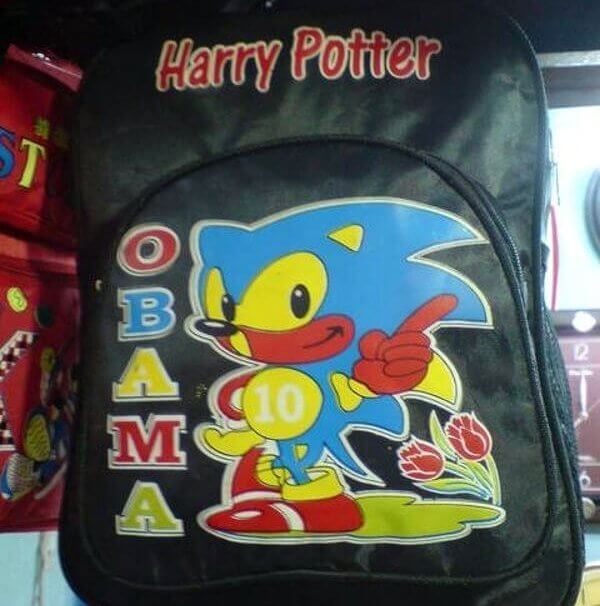
Then you see a third-party figure way cheaper and go “damn, Bandai’s done.” But check out what they don’t pay for:
- No licensing
- Less R&D, sometimes straight-up copying official designs
- Selling directly from China, cutting middlemen
- Quality control… let’s just say “it varies”
Example: a third-party Goku costs the factory €6 total - R&D, molds, licensing (lol none), and production. I’m saying €6 because their batches are smaller, so the per-unit cost might be higher than Bandai’s. But they’re based in China, paying in local currency, so maybe it balances out. Who knows.
They sell to local Chinese retailers for around €18, who then flip it to you on eBay or AliExpress for €30–35. Some even have partners in other countries, but pricing’s usually the same.
Rough breakdown:
- Factory: €12 profit
- Retailer: €12–17 profit
So yeah, third-party manufacturers can afford to sell their figures at a lower price because they don’t have to pay licensing fees and have lower R&D costs. However, they’re still able to make a higher profit per unit, so they usually end up pricing their figures similarly to Bandai’s SH Figuarts.
Why I still buy them anyway
Because they’re good. And nostalgic. That’s it. SH Figuarts quality today is crazy better than 10–15 years ago. The articulation, the paint, the sculpt - it’s just top level. And let’s be real: that Super Saiyan Goku on your shelf giving you a little serotonin boost every time you look at him? That has value.
And when you pay €30 for an official figure, you’re helping keep your local shop alive, supporting your regional distributor, showing Bandai there’s demand in your country, and fueling the franchise you love. The wheel keeps turning ‘cause we keep turning it.

Wanna save a buck? Keep an eye on restocks, bundles, promos. And you don’t need every version of every character. Just get the ones that spark joy and move on.
TL;DR
- Why does a plastic action figure cost so much?
- Because of all the work, licensing, distribution, and profit margins involved
- Why is Kiwi/Yamcha/Whoever so much more expensive than Goku?
- Because they sell fewer units, so the fixed costs are spread across less
- Why are the Great Patriarch/Porunga figures so expensive?
- Because they’re bigger, more complex, and more expensive to ship and store
- Why are third-party figures cheaper and/or come with more accessories?
- Because they don’t pay for licensing, have cheaper R&D, and sell directly from China
Conclusion
Next time someone hits you with the “it’s just plastic” line, send them this link. There’s licensing, an artist stressing over Goku’s hair sculpt, ridiculously expensive molds, five layers of shipping, taxes, profit margins - and at the end of the day, a tiny chunk of joy sitting on your shelf.
Did this breakdown make sense to you? Got a different take? Drop it in the comments. I wanna know how you see the economics of our expensive plastic addiction.
Tags:
Related posts
Post a comment
Comments
No comments yet.
